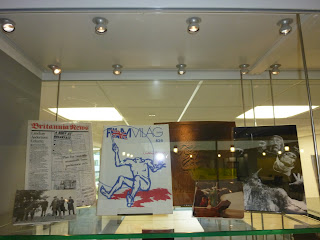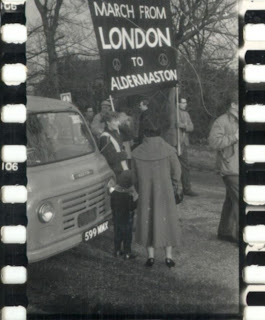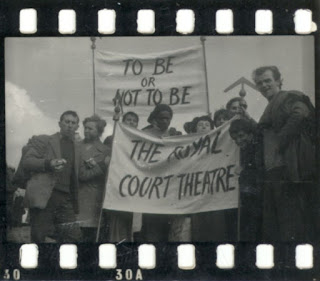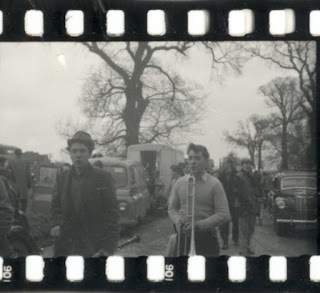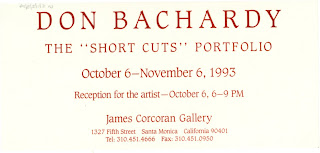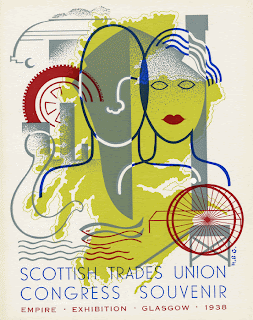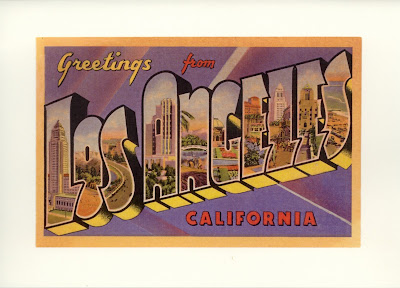The project I am working on ‘Revitalising the Regions’ is one strand of the larger Screen Heritage UK project, itself based on the Strategy for UK Screen Heritage which states that -
I am working, along with fellow cataloguer Zoe Viney on cataloguing over 600 films which will then be put on the Screen Heritage UK Union catalogue. Some of the films we’re cataloguing already have some cataloguing information on them, others have very little, and many have nothing except one line of description. We have set fields we have to complete in order for the records to be exported to the Union Search catalogue, which covers information about the format and physical description of the film in addition to date, title, any information about the filmmakers, and of course description of the film itself. In addition to the set fields we are also adding in any additional contextual information to the films which we think could be useful to users.
My only experience of cataloguing films prior to this job was one afternoon, a very interesting afternoon, at the Huntley Film Archive (which I wrote about in an earlier post here). I was slightly apprehensive about beginning then but have found that the cataloguing process works in much the same way as with paper records, in fact, I'm not even sure why I would have thought differently as the main purpose of any cataloguing is to make the records more accessibly, understandable, provide context etc. whatever the format. What I have found difficult is the films which have sound as it's difficult not to write down everything in the commentary, and difficult to concentrate on the visual. Is this just me, that the aural takes over the visual when they are both together? It's made me think more about sound in movies, and about silent films. In a silent film, or one with limited sound, or even with only diagetic sound, the image is central, but maybe I'm not alone that once there is a soundtrack or commentary, it becomes hard to pull back and only concentrate on the visual? I'm really enjoying cataloguing the films as I'm learning so much about Hampshire, its history, landscape, industries, culture and people. I'm hoping to become a bit more regular with my posts again so I'll write more about specific films as I catalogue them.
I also have a mouse mat map of Scotland for when I get homesick
Before I started work Zoe had already set up a Twitter account for us to chart our progress, document our finds, and ask for help if, for example, we can’t identify a particular building in a town, so we’ve both been posting to this on a regular basis. In addition to the Twitter account I’ll continue to write about my work on this blog.







